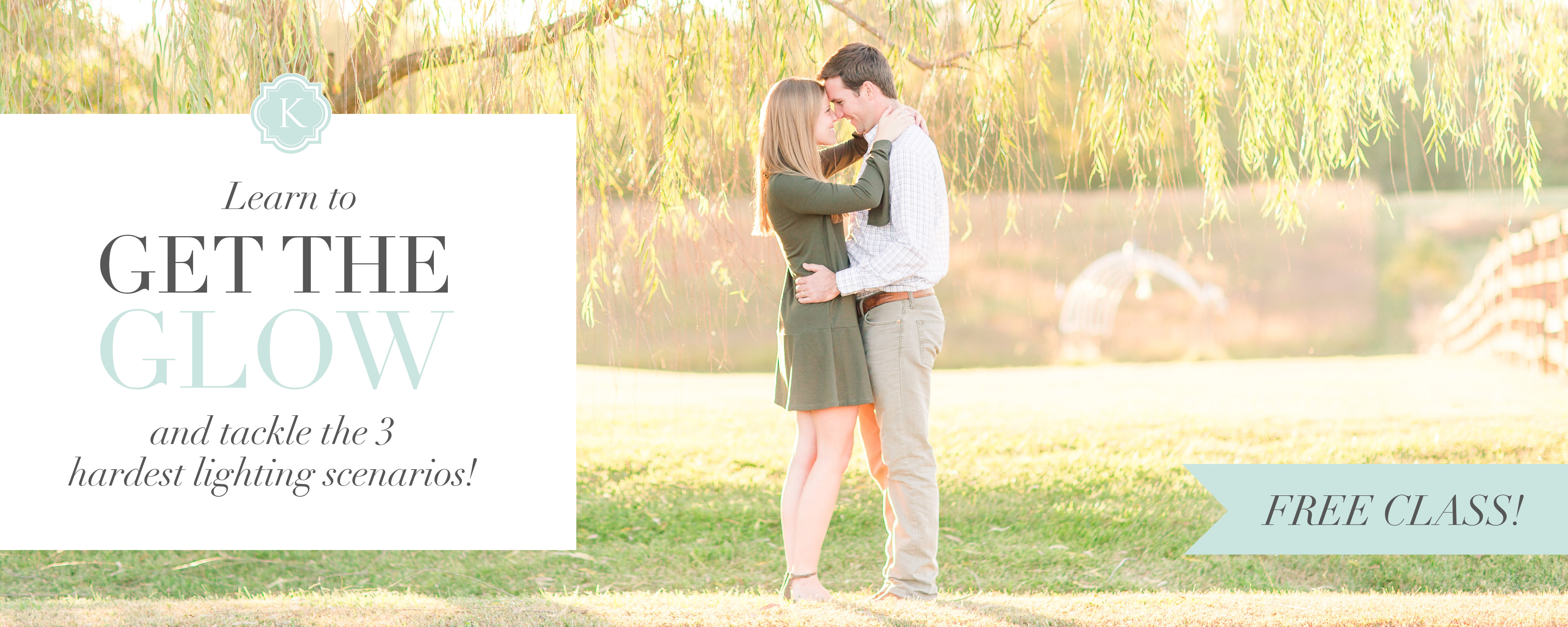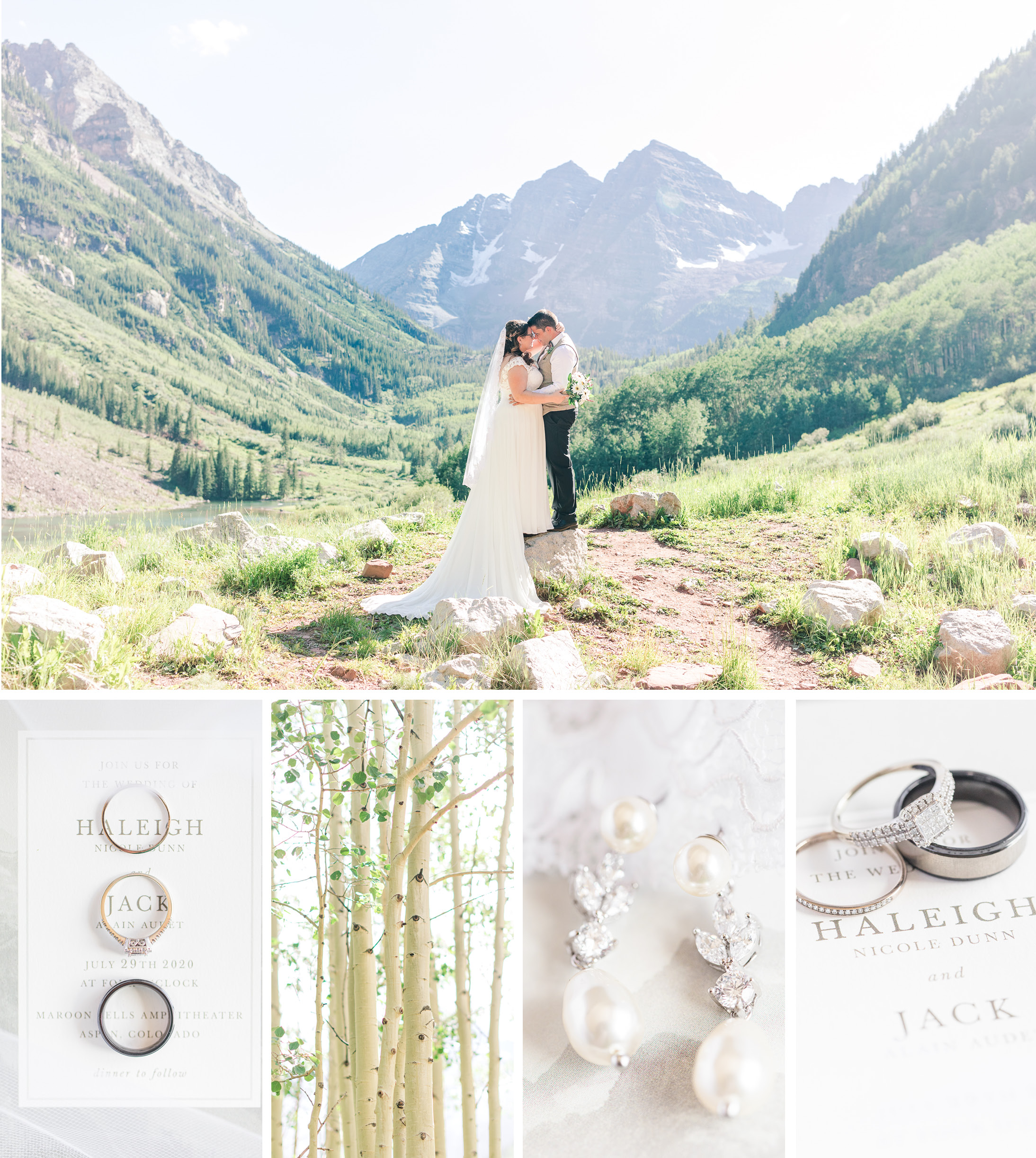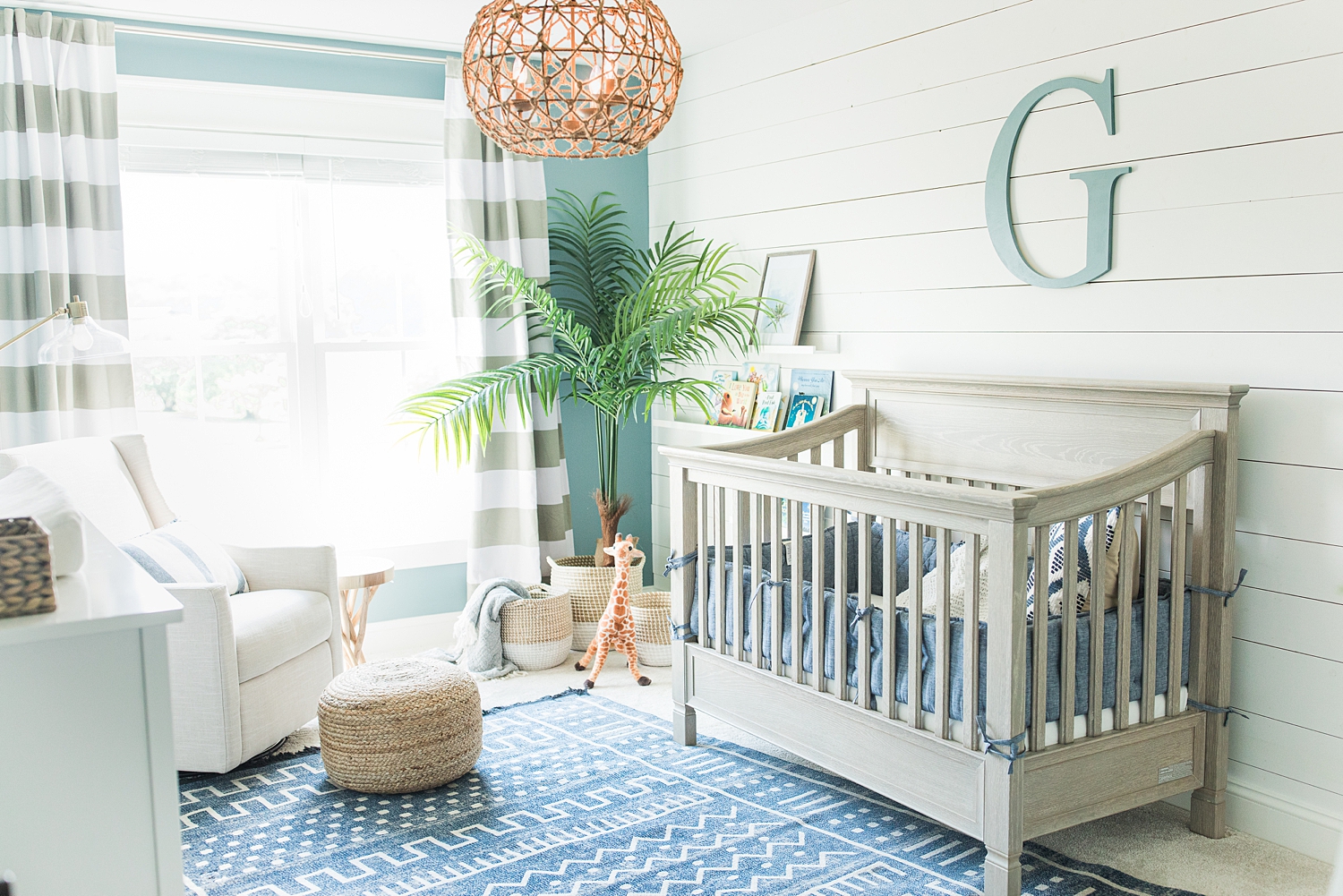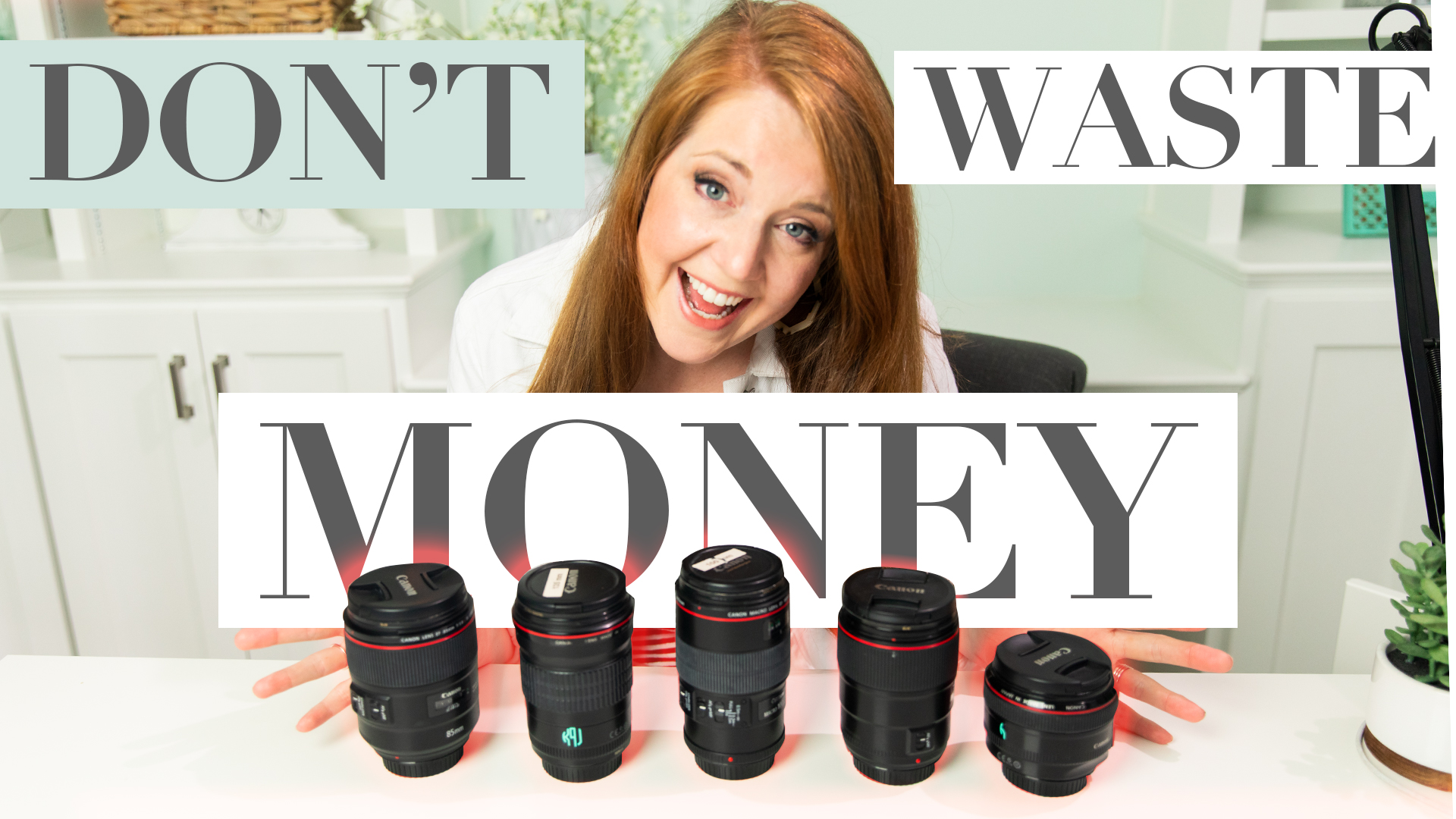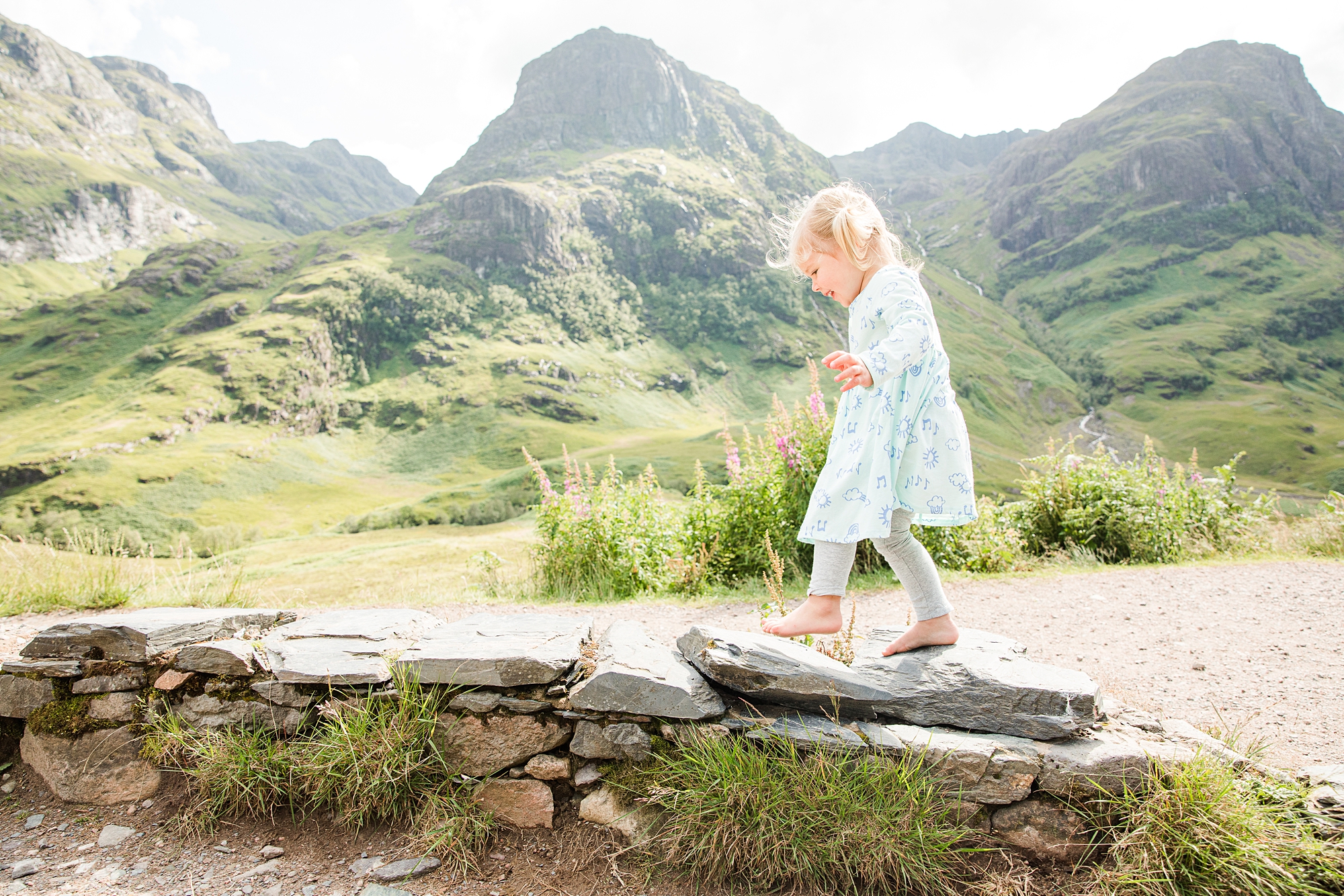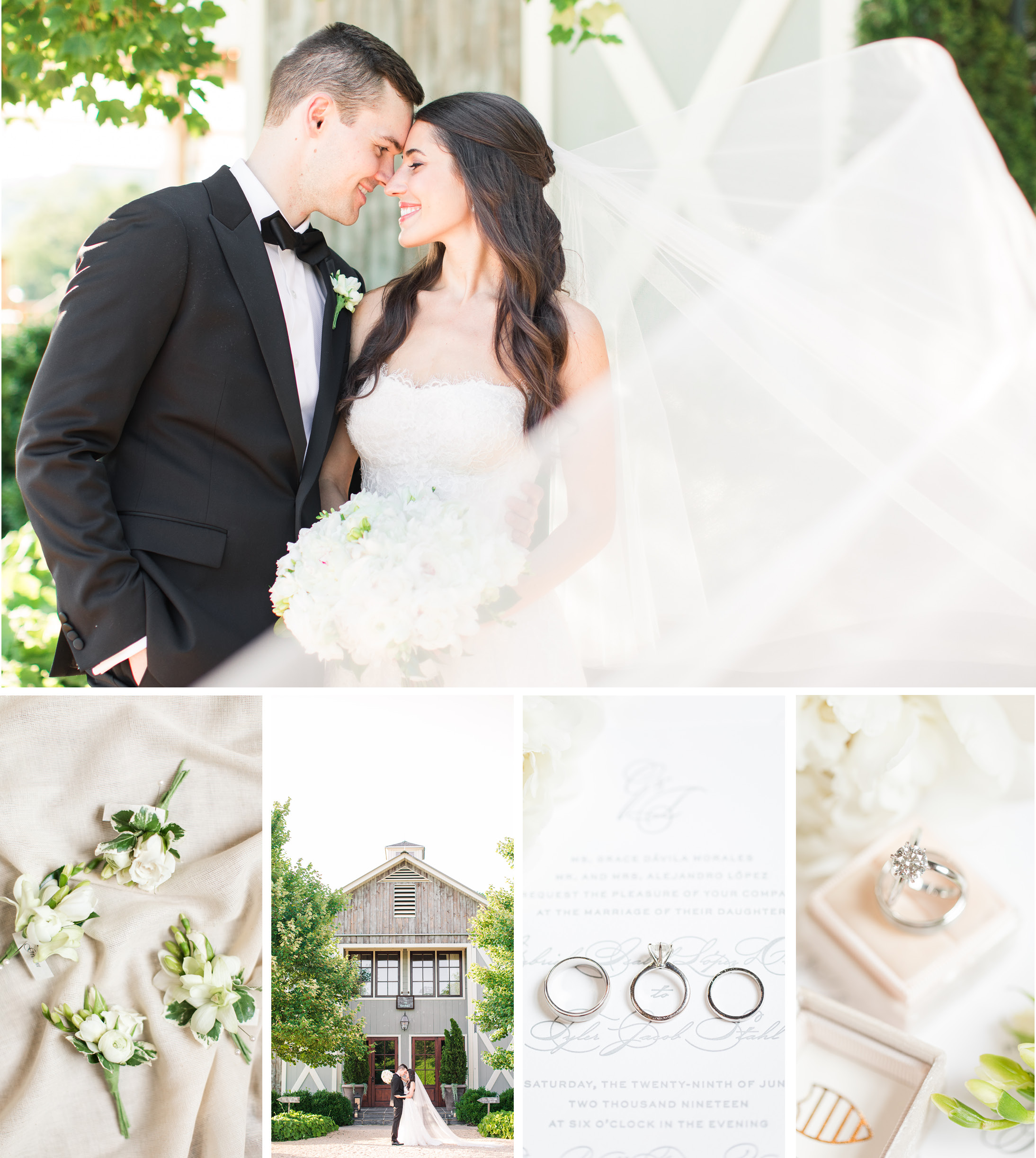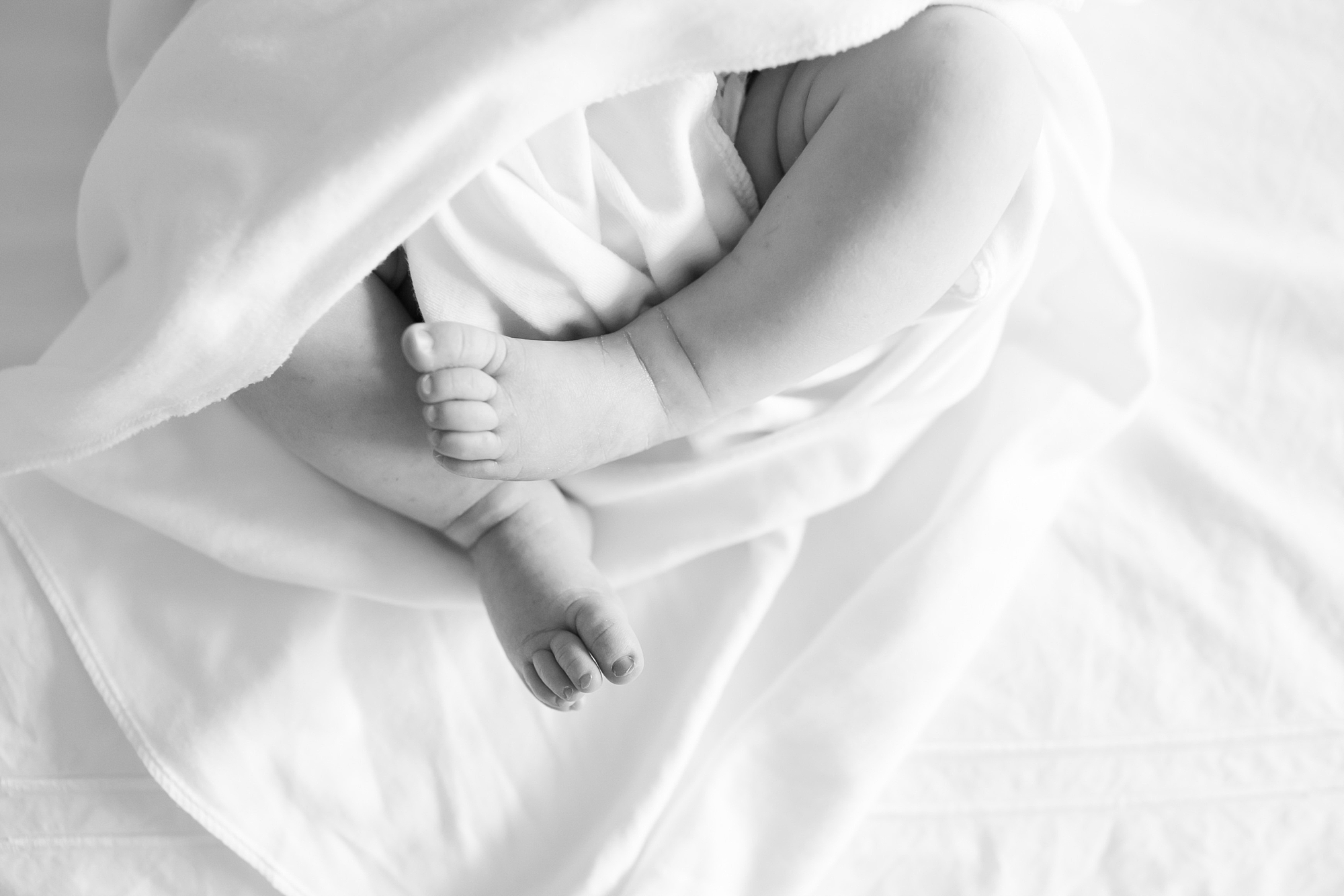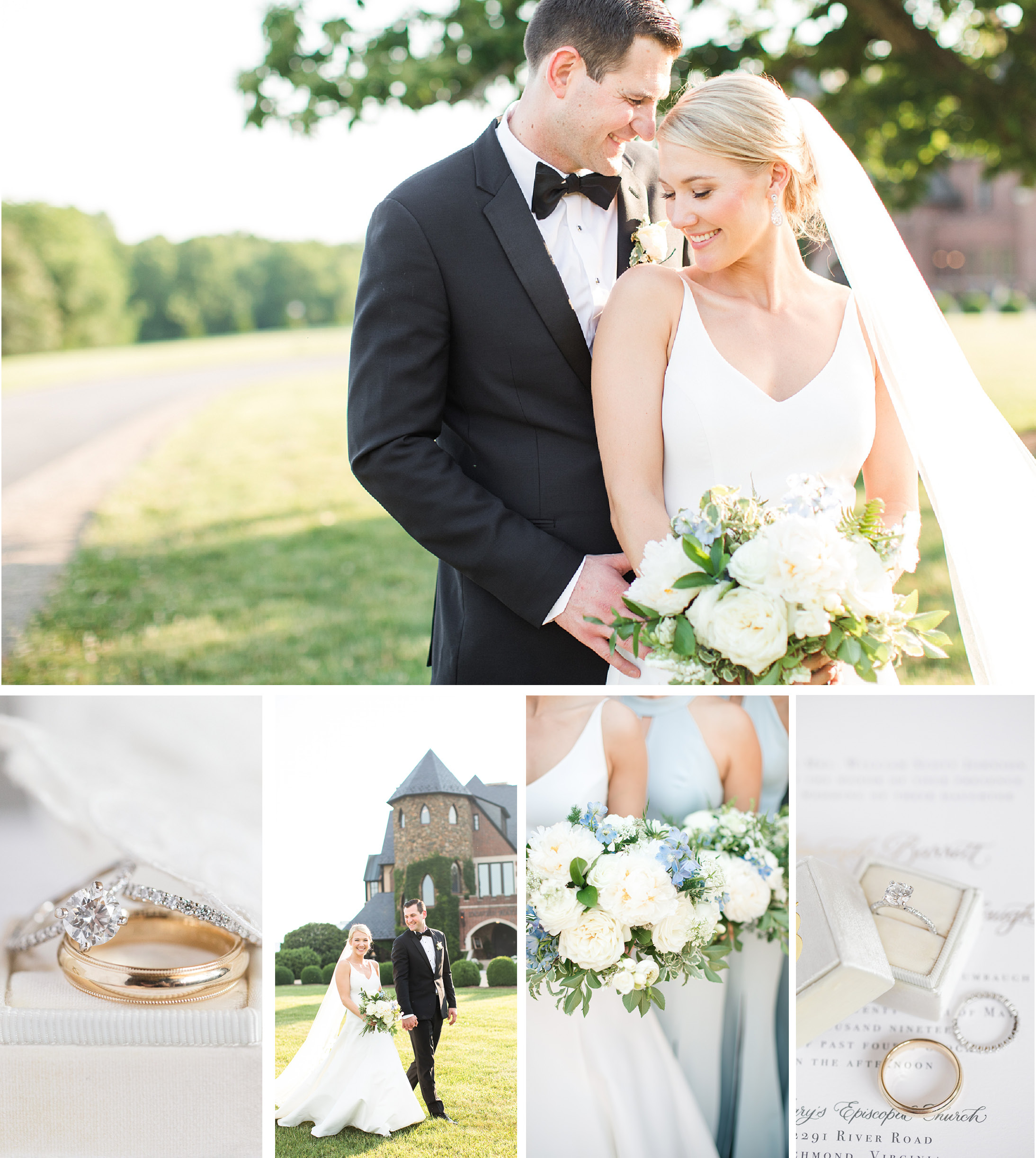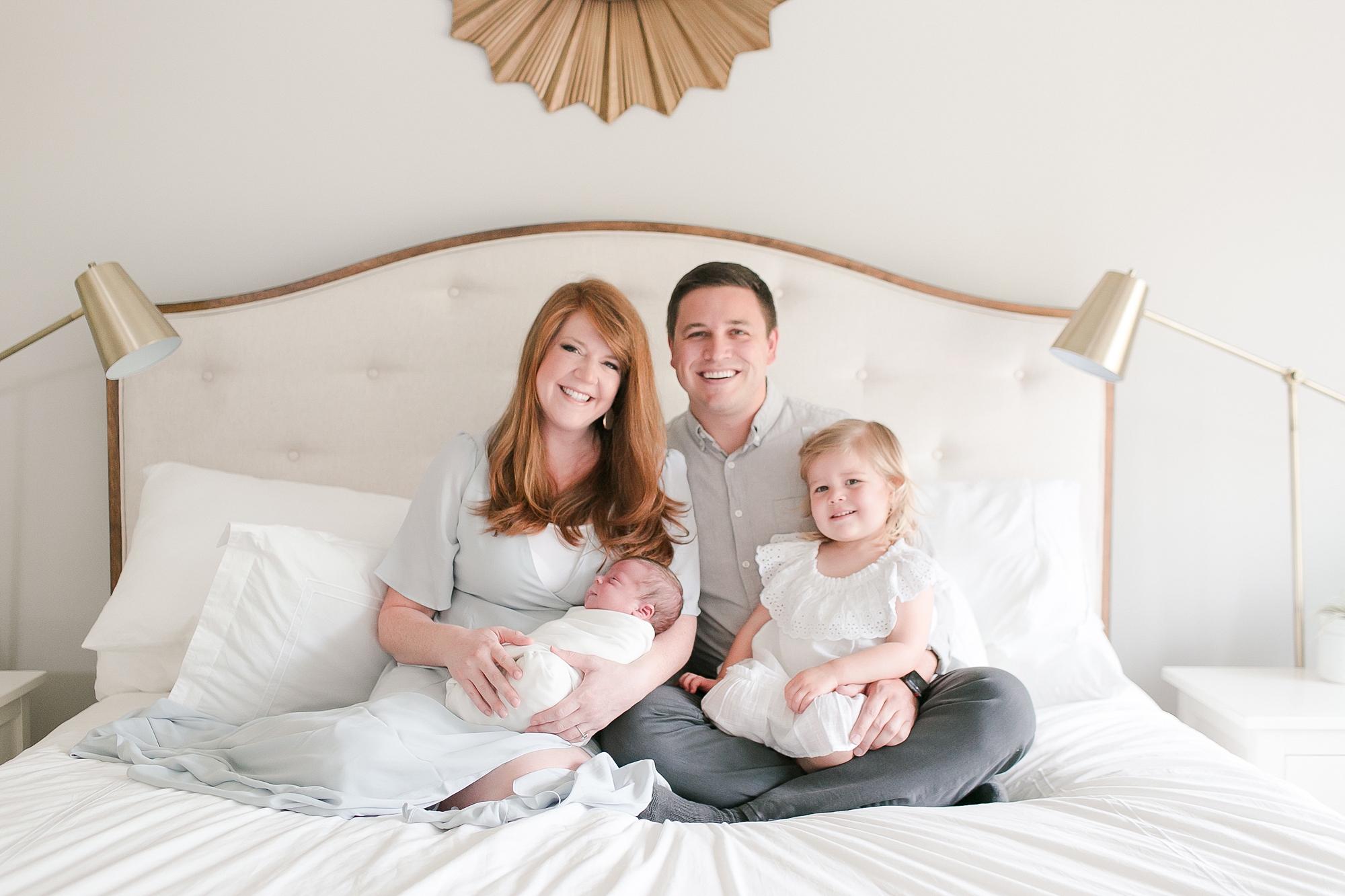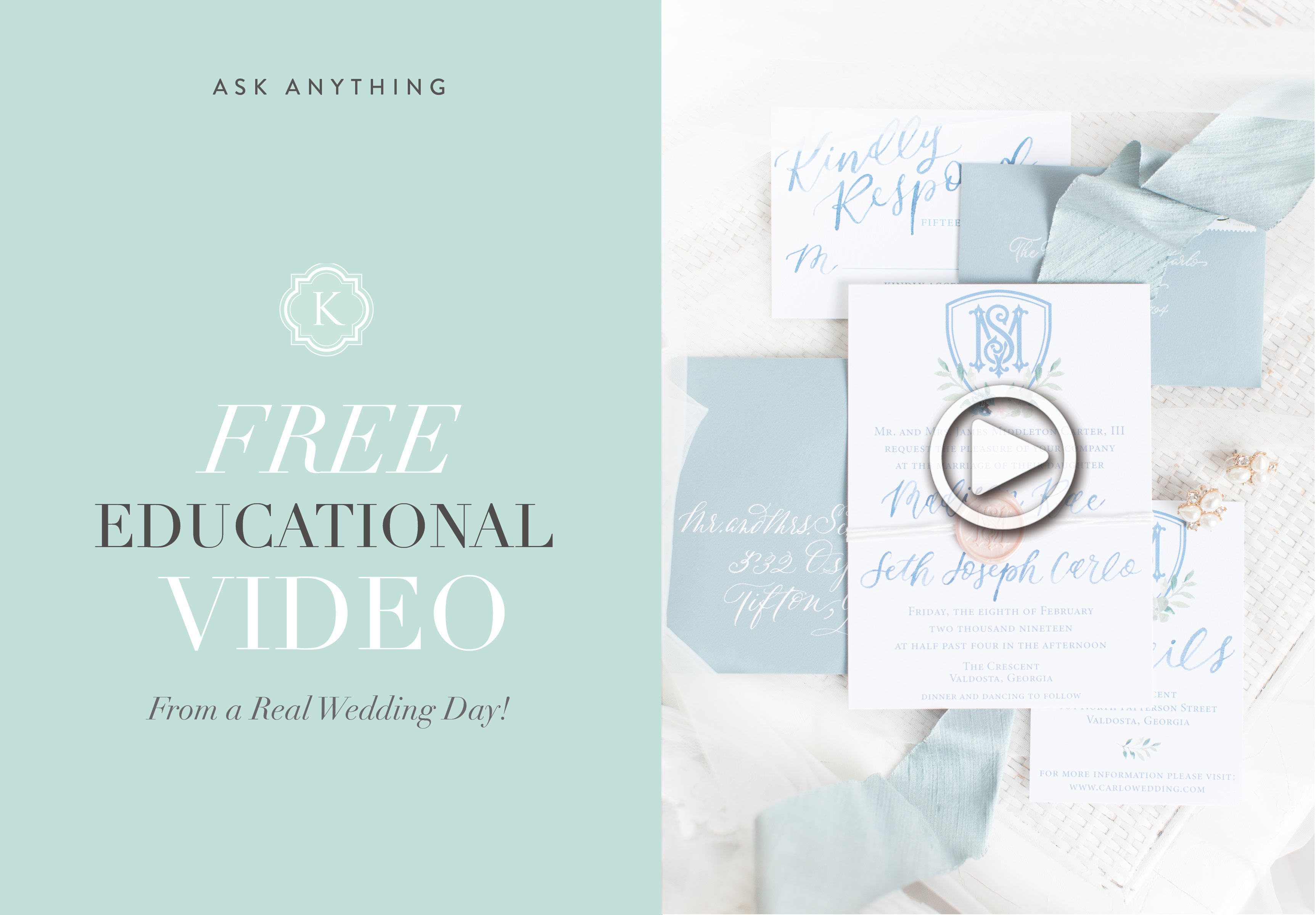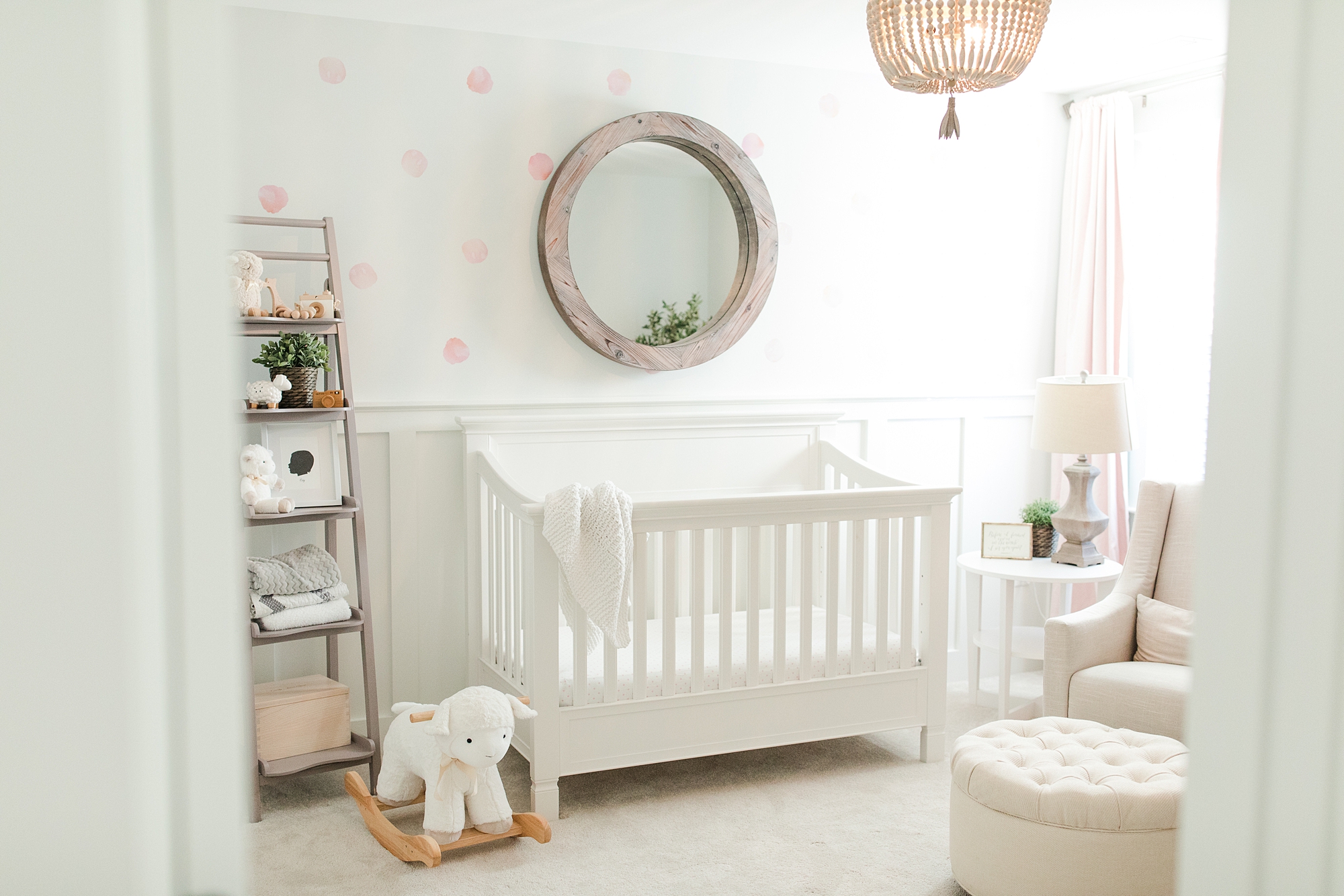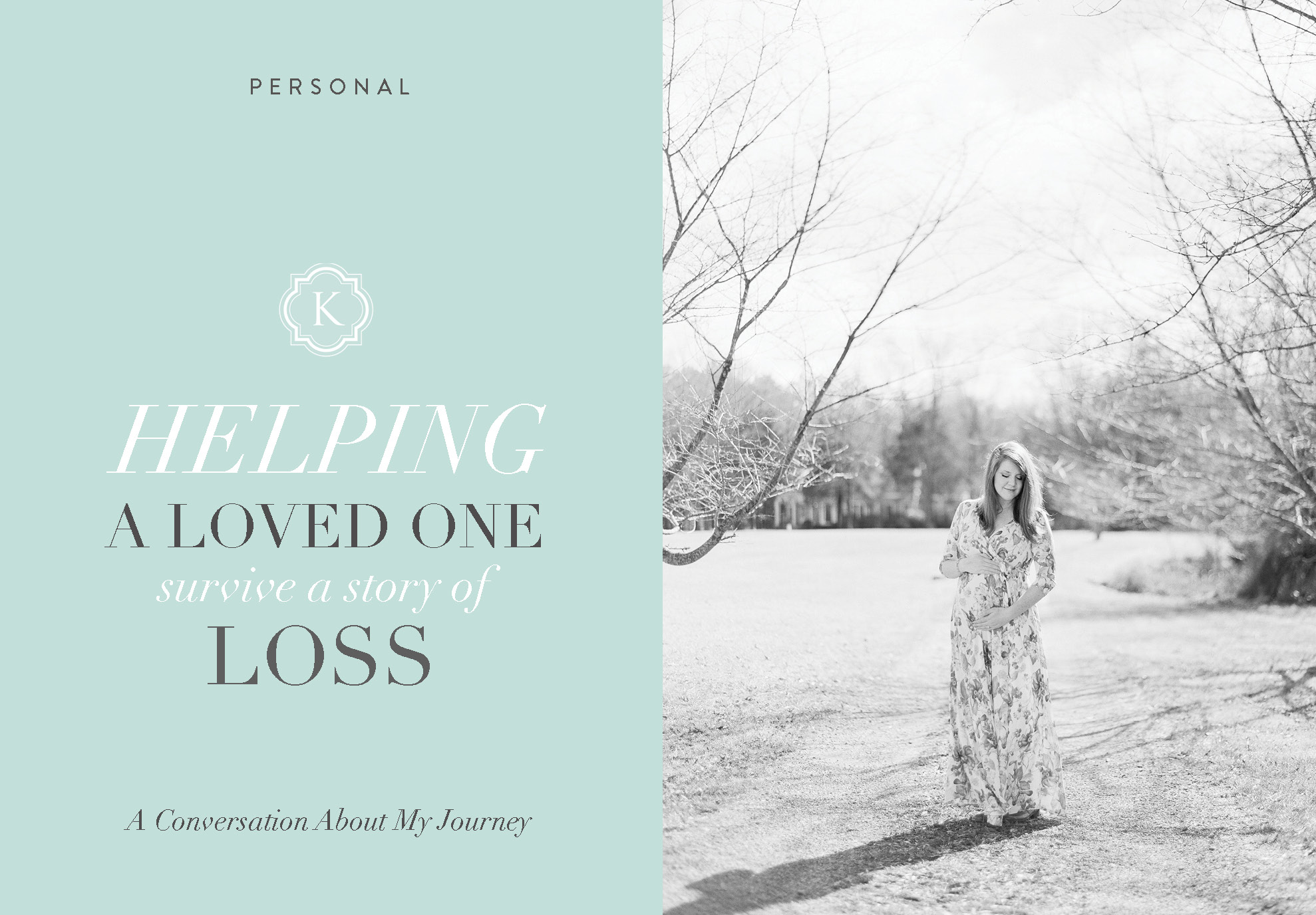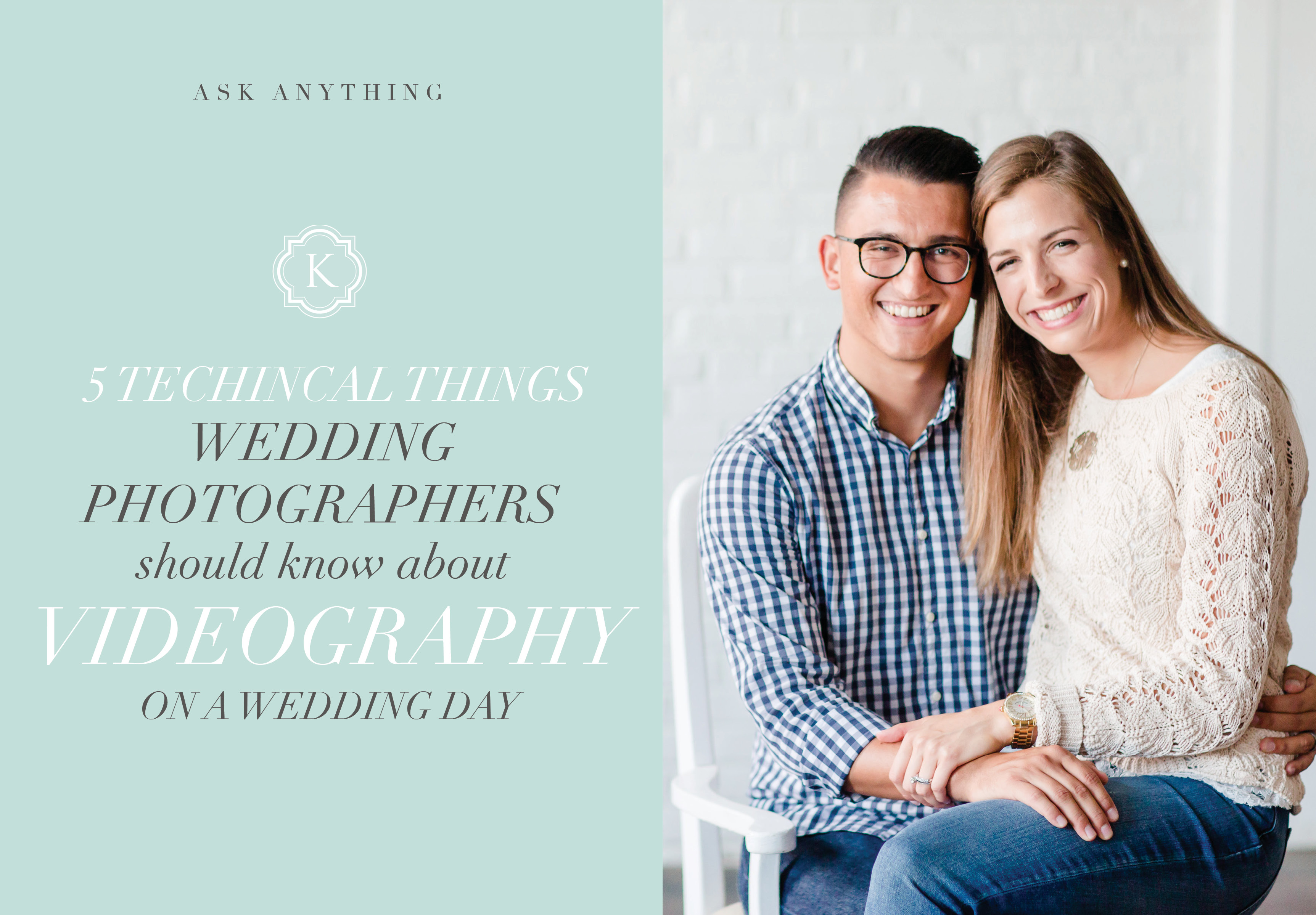
This last week and a half has seemed like a blur to me. We have an 11 day old (crazy!) and we’ve been slowly getting accustomed to our new life. Lots of laundry, diapers and surprisingly more sleep than we anticipated! PTL! Some people say that big babies sleep and eat really well and so far that’s true for Evy! Because life has been crazy, we are so grateful for friends who have stepped up and offered to guest blog for us!
Since I’ve blogged for 9 years now, I appreciate these posts so much!! Ty and Ash are some of our dearest friends. They are a husband and wife videography team and they are some of our FAVORITE people to share a wedding day with! Today they’re sharing some technical tips to help Wedding Photographers and Videographers work together more seamlessly!!! Enjoy! :
.
1.) Shooting video = shooting JPG
As filmmakers, we do not have the ability to shoot “RAW video” on a wedding day. The video files that our camera generates are extremely compressed in order to make them manageable sizes. Think of it as shooting on medium JPG the whole wedding day. The way the image looks straight out of the camera is more or less what we have to work with. Slight adjustments can be made to the overall look and feel of the image, but getting correct exposure and white balance in camera is CRUCIAL for videographers.
What does this mean for photographers?
When entering any new lighting scenario throughout the day, make sure to give the videographer a few extra seconds to really dial everything in before the action happens. Double check that they are dialed in and ready to go before starting the action – like cueing a bride to begin walking towards her groom for the first look!
2.) Filmmakers can’t use Photoshop
As a photographer, it’s never good to rely on Photoshop to fix your images. But, photographers know that if they REALLY need to, they have the option to remove any distracting elements from their images. Filmmakers don’t have this ability. Removing anything from video requires going frame by frame and takes hours and hours of extra work in post.
What does this mean for photographers?
When choosing a spot to hang the dress, do a first look, shoot details, or any other part of the day that you’ll be shooting alongside the videographer – just keep in mind that any distracting elements that might not be a big deal to you, could be a headache for the filmmaker. Of course, sometimes these situations can’t be avoided. But in situations they can, taking the extra second to remove those elements, or adjust the angle slightly could save the filmmaker some a lot of time in post!
3.) Manual Focus is Hard
Most wedding filmmakers you will work with, especially the ones shooting with DSLRs, are using manual focus for every single shot throughout the day. Autofocus for video just isn’t reliable enough to be used for most situations and scenarios. Most DSLR cameras allow you to digitally punch in on the image prior to recording to make sure the focus is spot on. However, once the camera is recording, there is no way to punch in and double check focus. Just like in photography, if a shot is out of focus there is absolutely no way of fixing that in post!
What does this mean for photographers?
Again, giving the filmmaker a few extra seconds to dial in their focus will go a long way! As filmmakers we have a LOT to dial in just perfectly before hitting record, focus being one of them. While our goal is to do this as quickly as possible, sometimes we just need a few extra seconds to make sure everything is good to go. This is especially true for special events like the first look or any moments that are only happening once. Double checking to make sure we are dialed in before starting the action is one of the most helpful things you can do!
4.) Audio is Crucial for Videographers
Audio drives our wedding films. It is the backbone that we use to compose the story for the entire film. Without good audio, it’s tough to tell a great story! We incorporate audio into our films from major moments such as speeches, notes, vows, etc. as well as using natural sounds happening throughout the day.
What does this mean for photographers?
Just being aware that videographers are capturing both audio and video throughout the day is helpful. By no means do you need to be silent, but if there is a special moment happening or any kind of potential meaningful dialog, just remember the filmmaker might want to use it in the film. Also if your camera has a silent shutter mode, keeping it on would help make shutter clicks less noticeable in the film! Also during those crucial audio moments trying to keep your shutter clicks to a minimum is also appreciated! Of course if the bride is crying reading her note, you need to get a photo of it! Just be aware of how important and crucial that audio is to a videographer and shoot accordingly!
5.) Capturing the “moment” vs. “Capturing the moment”
One of the most fundamental differences between photography and videography comes down to what we are capturing. For photography, you’re looking for that one precise moment. That one frame. With video, we need to tell the whole story leading up to that moment, capture it and share it in a compelling way. Here is an example. When the bride is coming down the aisle, you are looking for a handful of great emotional photos. For video, we are trying to capture the entire sequence seamlessly. From the doors opening, showing her coming into the church or do the aisle in an outdoor ceremony, the groom’s reaction, walking down the aisle etc. Those moments just before “the moment” are just as important to videographers as the moment itself.
What does this mean for photographers?
Be aware of those extra moments and shots that the videographer is trying to capture, that you might not need. Communication is key to great teamwork. If you both know what the other person is trying to capture, you can make a plan so that everyone can get their shots. I like to chat with the photographer as many times as possible throughout the day, but especially before big moments. Explain my plan for how I’m going to cover the 1st look, and asking if that will allow for the photographer to get the shots they need. If they say no, then we make a new plan so it works for everyone.
Are you wanting to learn more about videography?! Join the Herrintons on Thursday at 1PM EST for their FREE webinar “Unlocking the 3 Essential Phases of Successful Wedding Filmmaking”. They’ll be sharing their entire process from the initial inquiry from a client up until the final delivery of their wedding film. They’ll cover everything you need to know to make wedding films you’re proud of!!!!
Thanks for reading!
— Katelyn
MORE RECENT POSTS
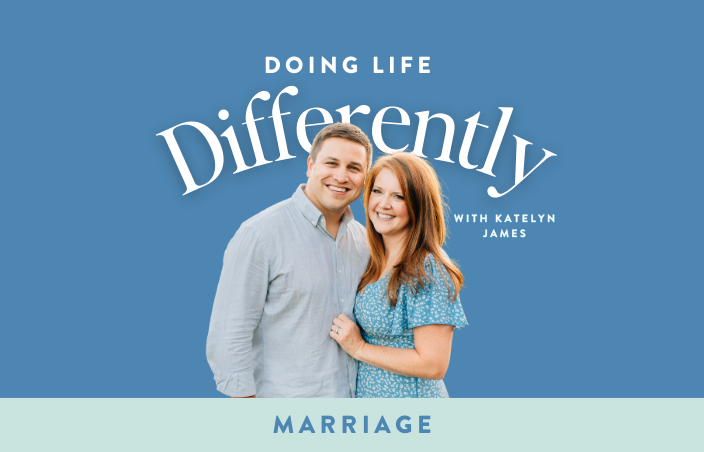
Have you ever tried to sit down with your spouse to talk about dreams, goals, and vision—only for it to turn into frustration or misalignment? If so, you’re not alone. Vision casting in marriage is hard because it brings up deeper fears, beliefs, and unspoken dynamics that many couples don’t even realize are at play.
Success—it’s a word we hear all the time. But what does it really mean? Is it about financial security? Status? Owning a dream home or taking extravagant vacations?
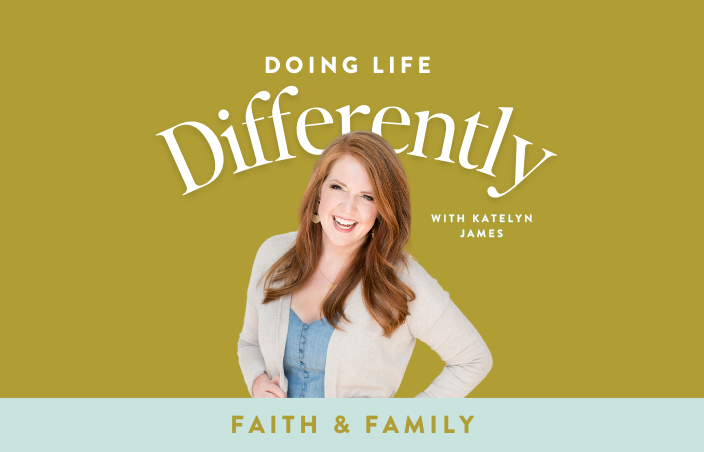

When you think about your business, do you see it as simply a job—or something more?
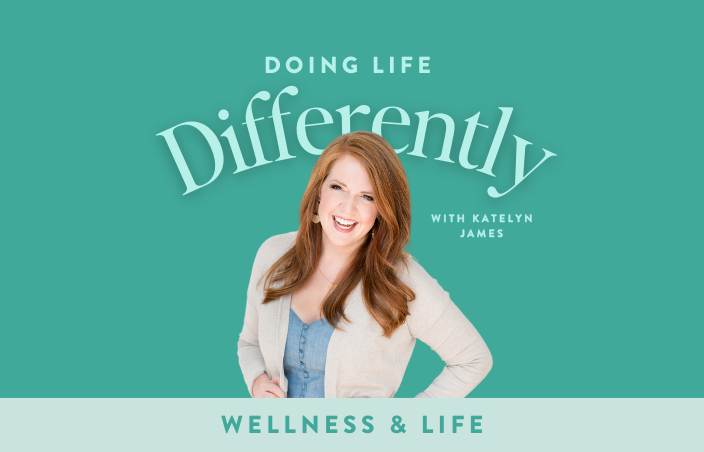
Today, I’m diving into an experience that was nothing like I anticipated: my digital detox in December. If you’ve ever considered taking a break from the noise of the online world, you might relate to my journey—the good, the surprising, and the, well, completely unplanned.
The wedding industry has faced unique challenges recently, with inflation affecting budgets and couples cutting costs. If you’re a wedding photographer feeling the pinch, don’t worry—2025 doesn’t have to be a slow year.


Life has a way of surprising us, doesn’t it? Over the last few months, I’ve been on a medical rollercoaster that I never saw coming.

